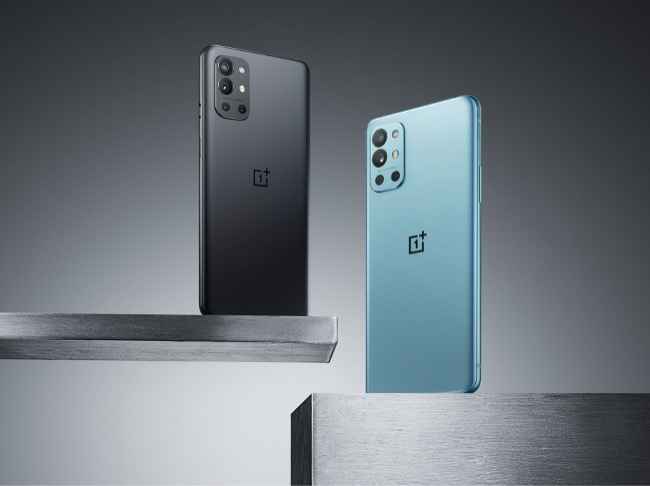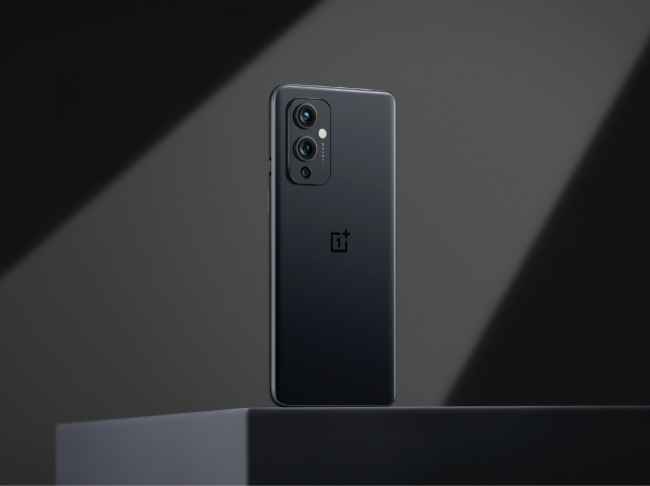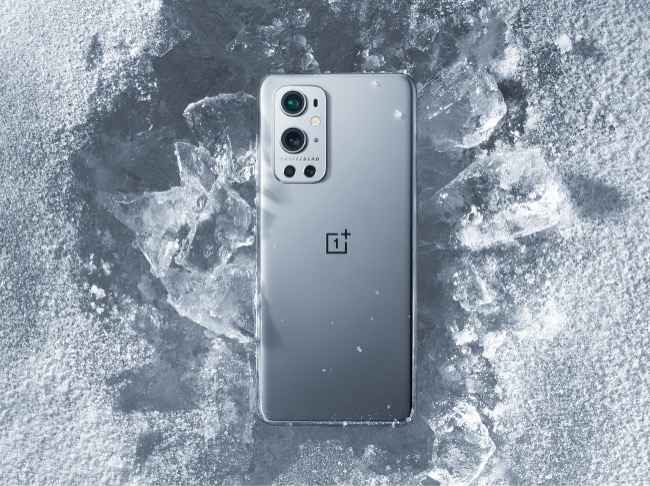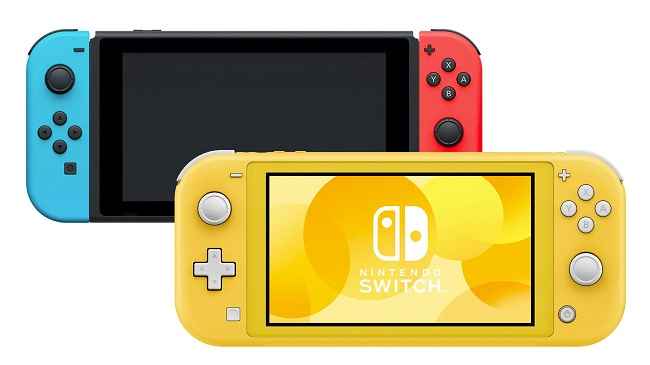The OnePlus 9 Pro is the company's continued effort to establish that it can produce smartphones that not only pack the most ridiculous specs, but also squeeze the most out of it. This year's highlights include the Snapdragon 888 SoC paired with 12GB of LPDDR5 memory, Hasselblad branded cameras and a 1440p display with a refresh rate of 120Hz. while the Snapdragon 888 is overpowered for most use cases, chances are, you're going to be able to use this smartphone for several years to come. The Hasselblad collaboration is in its first stage, and while on the OnePlus 9 Pro doesn't feel like much, we feel that with time, this camera is only going to get better. The display on the OnePlus 9 Pro left us very surprised with its impeccable accuracy and gamut coverage for both sRGB and DCI-P3 colour gamuts, making it one of the best displays on a smartphone in the market right now. The phone's 4500mAh battery can get you anywhere between a day to a day and a half of use depending on how much you tax it, but thanks to the 65W Dash Charge, you should be able to top it up in no time.
The OnePlus 9 Pro has been a hotly anticipated smartphone for a number of reasons. Perhaps the top-most anticipatory aspect of the phone is the result of the Hasselblad-OnePlus collaboration. Other things include curiosity about how the new Qualcomm Snapdragon 888 performs and in general, what new things does OnePlus 9 Pro bring to the table. We’ve spent a generous amount of time with the OnePlus 9 Pro and here’s everything you need to know.
OnePlus 9 Pro Specifications and FeaturesThe OnePlus 9 Pro continues the tradition of sporting the latest and the greatest hardware. You get the Qualcomm Snapdragon 888 SoC, which in itself is quite a special chip. It features four Kryo 680 cores based on the Cortex A55 cores, three Kryo 680 cores based on the Cortex A78 and 1 Kryo 680 core based on ARM’s big boy X1 core. The X1 core was announced last year, and at the time, ARM had stated that the X1 core was likely going to be reserved for higher-end devices such as laptops. Well, here we are, with the X1 being part of a smartphone SoC. Our unit also comes with the higher 12GB of RAM and in case that wasn’t enough, OnePlus has also figured out how to use the storage as Virtual RAM. On the PC side of things, this would be referred as a Pagefile. Personally, I’m not sure who in this world thinks that 12GB RAM on a smartphone isn’t enough and neither have I met anyone getting upset over not being able to hold 20+ apps open in the background. Other heavy hitting specs of the phone include a QHD+ display with a 120Hz refresh rate and there’s no denying you’re going to love this. There’s also a 4500mAh battery that supports 65W fast charging. Then, we’ve also got the camera stack, which features a custom Sony IMX 789 sensor with a resolution of 48 Megapixels. The ultra-wide camera is a Sony IMX 766 module, with a 50 megapixel resolution and 14mm field of view. The third is a telephoto camera with a 3.3x hybrid zoom factor and also a 2 megapixel monochrome camera. There is no denying that the OnePlus 9 Pro has a spec sheet on steroids, something that’s been a staple for the company since its original smartphone, the OnePlus 1. We’re keen on seeing how much of this raw power translates to user experience and most of all, is even usable by the smartphone.
OnePlus 9 Pro PerformanceTales of OnePlus smartphones’ performance are now reaching mythical standards. Every phone the company launches quickly climbs to the very top of the benchmark charts and the OnePlus 9 Pro is no different. We see the OnePlus 9 climb right to the top of our AnTuTu charts, a popular benchmark targeted by brands trying to show off their performance chops. Surprisingly though, the Qualcomm Snapdragon 888 paired with 12GB of LPDDR5 memory is not able to beat the iPhone 12 Pro Max, with its A14 Bionic processor and 6GB RAM. In fact, we see this behaviour span the entire range of synthetic benchmarks, with the OnePlus 9 Pro falling behind in 3DMark Wildlife and the trio of GFXBench tests as well. While synthetic benchmarks paint one picture, the real-life usage of the smartphone paints an even better one.
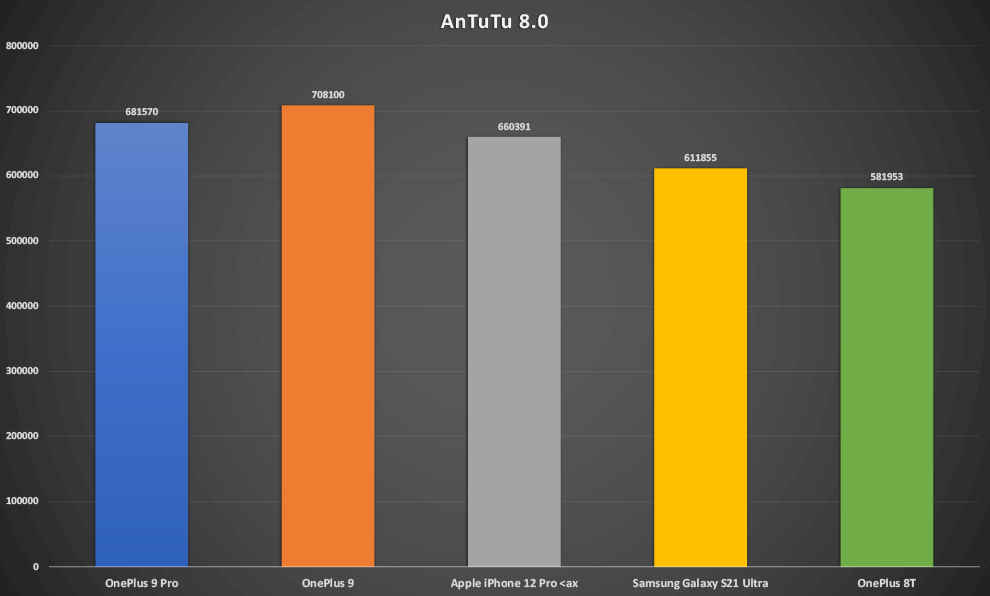
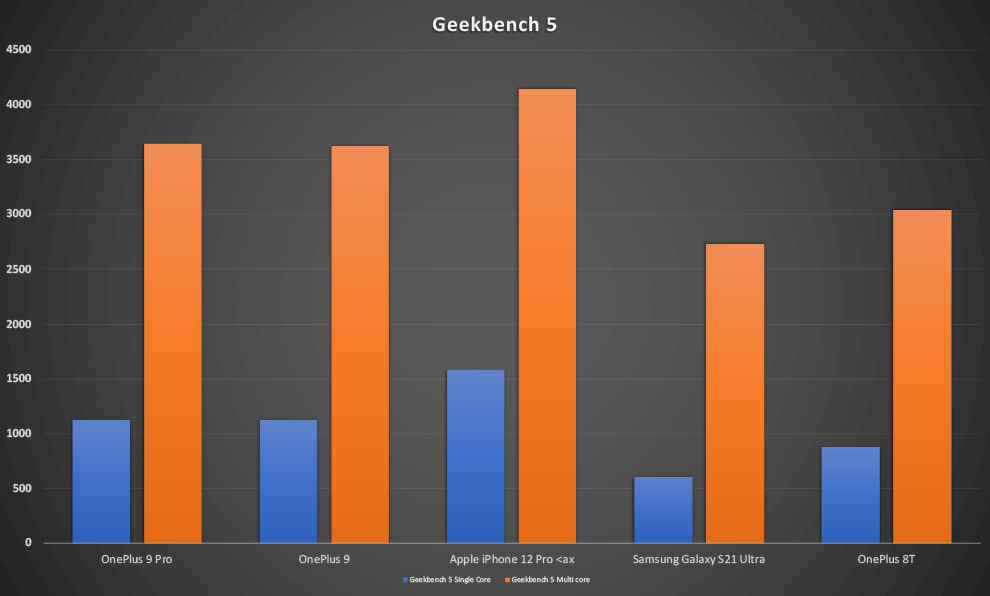
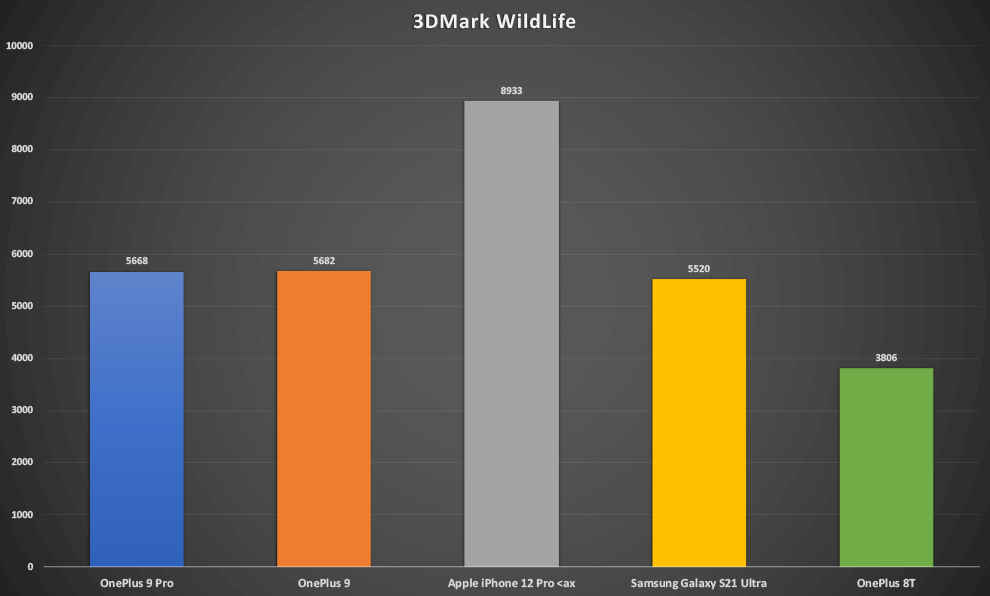
The first thing we looked to test out was gaming performance. Using Gamebench to measure the critical components of gaming performance, we fire up CoD Mobile and Asphalt 9 to see how the OnePlus 9 handles them. At their most demanding graphic settings, we get to play CoD Mobile at 60fps median frame rate and 99 percent stability. Asphalt 9 delivers 60fps median frame rate and 100 percent stability. This is incredible gaming performance, and once we’ve come to expect from flagships. What was particularly interesting was how little the Snapdragon 888 has to flex in order to run these games at their peak numbers. For example, while playing CoD Mobile the four small cores run sync’d up at variable clock speeds, while the three big cores follow the same behaviour. The last, X1 core fires only intermittently, stying out of the game for most of the duration of our gaming sessions. The result of this intelligent frequency scaling between cores results in super optimised battery usage, with the game sipping only 9mAh of the battery capacity for one round of CoD Mobile’s multiplayer match. This is excellent and is definitely attributable to the insanely fine-tuned OxygenOS, but more on that later.
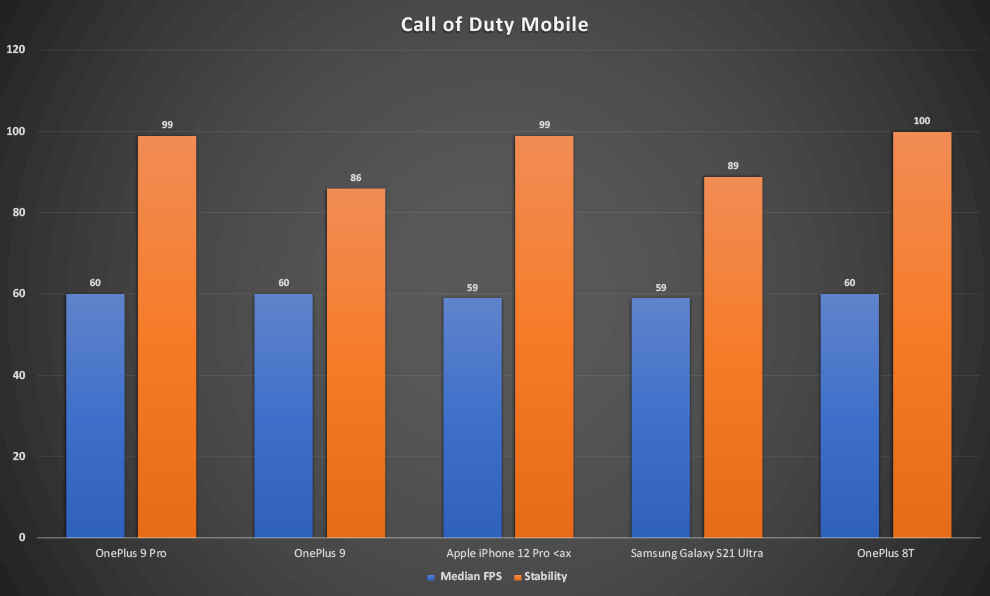
For those of you who are non-gamers and looking for a smartphone that won’t give up on you for the next four years, the OnePlus 9 Pro is a no brainer. You can abuse this phone’s hardware with as many apps, renders, games, photo edits as you want and it just wont slow down on you.
OnePlus 9 Pro Camera: Hasselblad to the rescueIt is no secret that in the otherwise perfect smartphone that is a OnePlus device, the camera has always been the weak link. The company tried something rather unique with the OnePlus 8 Pro, giving its ultra-wide camera a 48MP sensor and then using the binned result as the output. This delivers a level of quality in UWA photos never before seen from Android smartphones, a feat that still continues to hold true. The OnePlus 9 Pro continues to use its older learning’s, but now the company is also leaning on the Hasselblad brand name to bolster confidence in its camera offering. Sadly, it does fall short of the promise. Here’s why.
Note: All images below have been resized for the web. To view the original, full-resolution JPG files, please head over to our Flikr Gallery
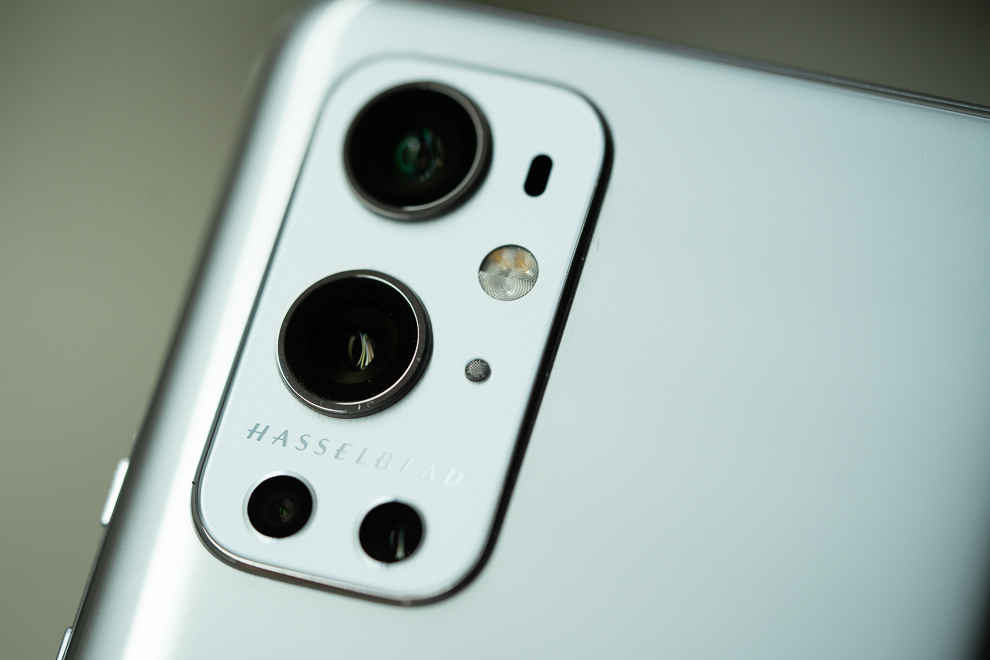
Before we get into the aspect of individual image quality, I do want to address the area where the disappointment begins; the app. Shooting using the stock camera app is a rather laggy experience, with the shutter taking a split second to fire the shot from when it is pressed. As observed, this delay isn’t to lock focus, which makes the experience a little annoying. If you have a hyper-active infant or a over-energetic pet, chances are, you’re going to miss the moment by a hair. Then there are the random app-freezes due to the system “processing” the image, a problem that is greatly compounded when shooting in night mode. Thankfully, all these issues are purely software based and can be fixed via updates, a tactic that OnePlus heavily relies on to keep improving user experience. Now, let’s talk about image quality.
The primary camera on the OnePlus 9 Pro that we received for review produced images with mixed results. During the day time while shooting backlit subjects, we noticed the shadow areas being crushed completely due to increased contrast. The result is what is colloquially referred to as “reduced dynamic range.” In comparison, the iPhone 12 Pro Max lowers the contrast notable in order to preserve shadow detail, a move that is much preferred and here’s why. You can always add contrast back into the image, at levels you feel that balances shadow details with contrast. IF there’s already too much contrast added into the file, no amount of editing can recover the detail in the crushed shadows. Again, just a tuning issue, one which can easily be fixed via a software update. Other than that, the daytime photos look incredible. They’re sharp, and the colours are definitely wonderful.



The ultra-wide camera is really where OnePlus makes a name for itself. They company has used a Sony IMX 766 50megapixel sensor for this camera, and you have to wonder, why is everyone else not doing the same? The other feature OnePlus claims as impressive is the absence of barrel distortion that’s typical of ultrawide lenses. This part is only half true. Yes, there is significantly reduced barrel distortion, but you’re also losing a few millimeters of focal length. By using a 50 megapixel sensor to generate a 48MP primary image, the extra 2MP of resolution is what gets chopped off, so as a users, you don’t really lose the resolution. It’s a very clever trick to be honest and shows to the ingenuity shown by the engineers in the OnePlus Camera labs. The low light output from the ultra-wide camera is also incredibly impressive, given that its doing what most smartphones do with their primary cameras, so there’s no two ways about the fact that this is the best ultra-wide camera on a smartphone for now.
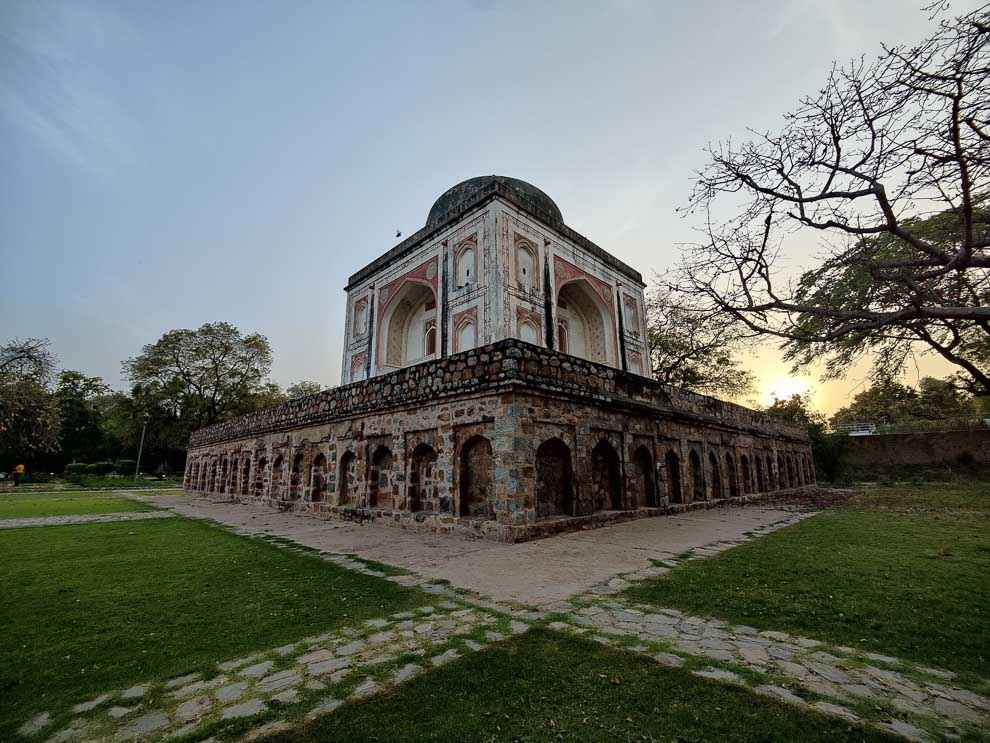
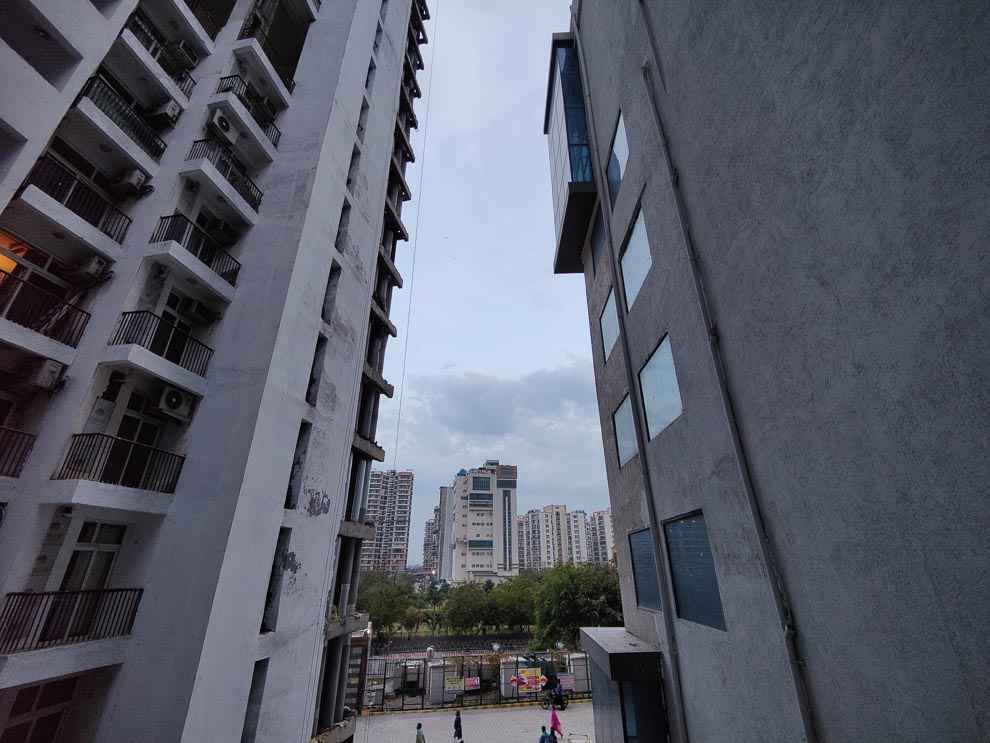
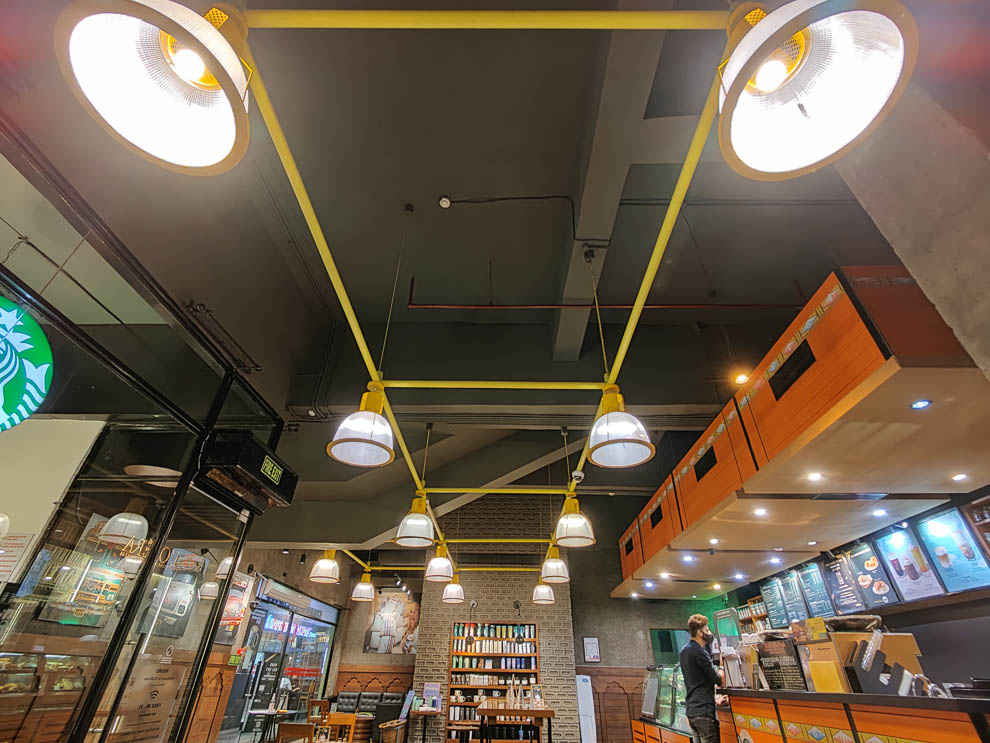
The third camera on here is a telephoto camera with an output resolution of 8MP, and a focal length of 3.3x. OnePlus clearly states that the 3.3x factor is hybrid zoom, and not optical, having learnt from their past mistakes. During the days leading up to the launch of the OnePlus 9 smartphones, the company was pushing out a number of “moon” related teasers, leading me to believe that there would be a 100x zoom type situation, but turns out, all the mooning was only for the Hasselblad branding. It's okay though, because the telephoto lens is still a decently usable appendage. Its best used outdoors, in strong light where the f/2.4 aperture can pull in enough light. Once the light starts to dip or you move indoors, the OnePlus will switch over to the primary camera to deliver the telephoto result.

The current state of the OnePlus-Hasselblad partnership is the software tuning, where Hasselblad has allegedly shared the principals of its colour science with OnePlus. This is indeed a great endeavor, except for one minor problem; there’s no easy way to verify that claim. Additionally, when it comes to colours, there really wasn’t any particular problem with them in the last few years. In any case, for those who are sticklers for colour reproduction, you’re better off shooting RAW anyway. For JPG shooters, better colour accuracy is always welcome, but there really hasn’t been any issues with colour reproduction from high-end smartphone cameras in the last few years. We’d really like to see a hardware-based manifestation of the Hasselblad-OnePlus collaboration though, since that could significantly boost the OnePlus camera’s quality over what it is right now.
OnePlus 9 Pro DisplayAs if the camera wasn’t enough of an attraction for the OnePlus 9 Pro, the display, personally, takes the cake. Youre getting a 1440p Super AMOLED display with LTPO layer for improved power efficiency. You also get 120Hz refresh rate and a touch polling rate that will please even the most ardent of gamers. But these aren’t the only things that nmake the display special; its also the panel’s calibration. The display section offers five colour profiles, two automatic and three which lock the display to adhere to specific colour spaces. The Natural and Vivid colour profiles are perfect for those who don’t care about colour accuracy, but if you have specific needs, then the sRGB, Display-P3 and AMOLED Wide Gamut profiles are where you’d want to turn your attention. We use Calman Ultimate paired with their C6 HDR2000 colourimeter to analyse display panels.
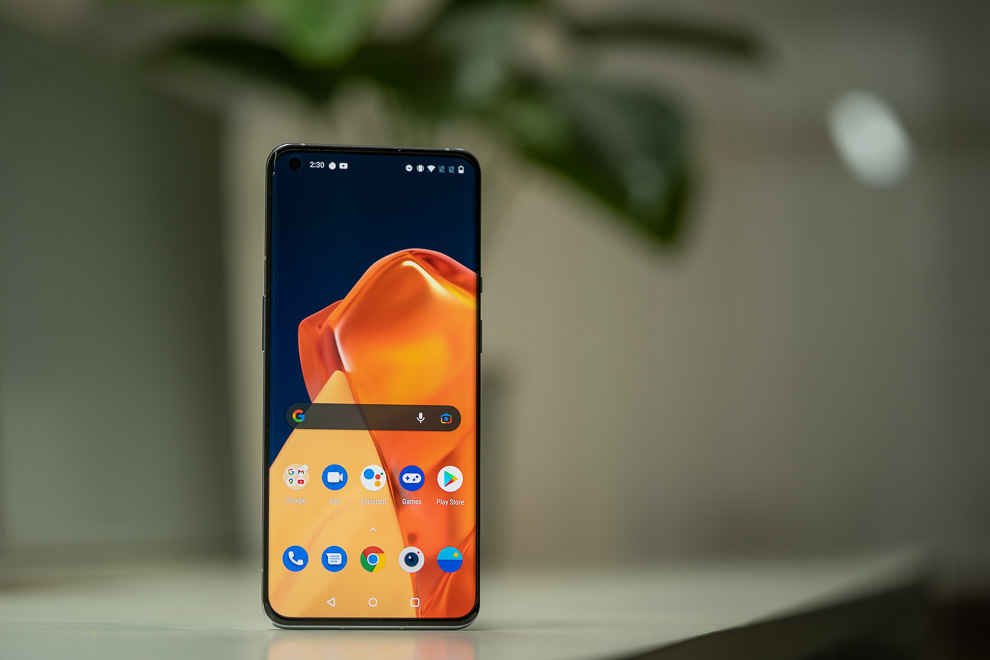
sRGB Colour Profile
When the display is set to the sRGB colour profile, the colour space is restricted to conform to the BT.709/sRGB space, with the gamma being set to 2.2. The colour temperature of the display (white balance) in this space should conform to the D65 value (6500K). According to Calman readouts, the average DeltaE error for the sRGB colour space on the OnePlus 9 Pro is 0.8, with the maximum DeltaE error being 2.2. These are out-of-the-box numbers for the smartphone and easily rival some of the best professional monitors. Our colour volume analysis reveals that in the sRGB colour profile, the panel covers 98 percent of the sRGB colour space, a more than acceptable amount. There are no notable variances in any colour shades or those of skin tones as dictated by the Colourcheckr SG patterns. This colour profile is best suited for those of you who need to stick to the sRB colour profile, scuh as photographers and video producers, since most photos and videos still adhere to the sRGB colour space.
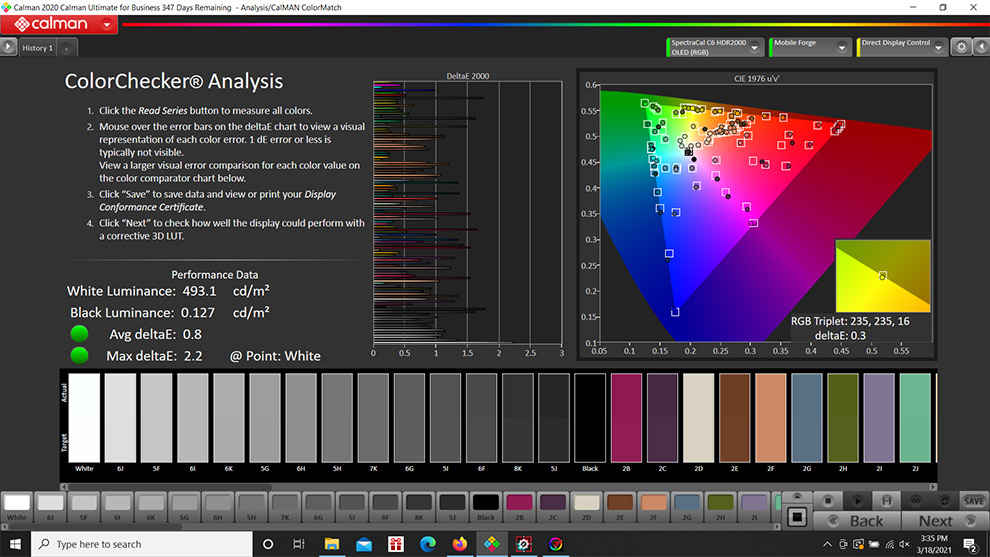
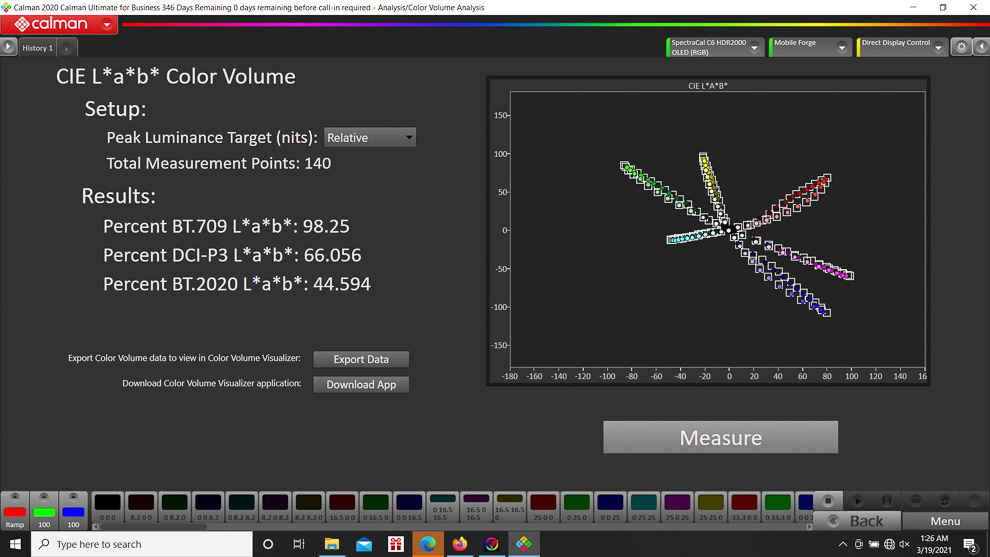
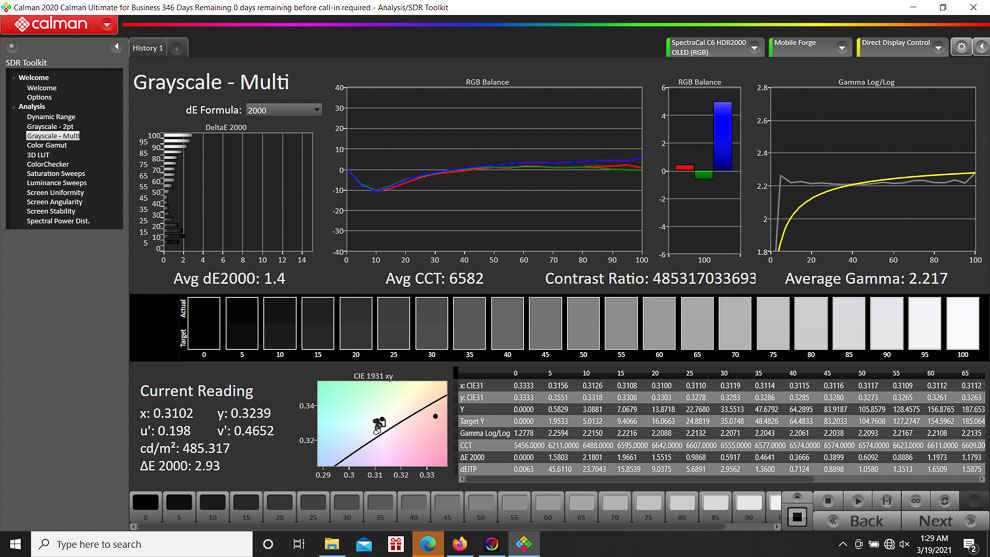
Display P3 Colour Profile
When we switch over to the Display P3 colour profile, we expect the panel to represent 100 percent of the P3 colour profile, while maintaining a gamma curve of 2.2 and a colour temperature of 6500K, just like the sRGB profile. Here, the Calman analysis shows that the gamut is increased to cover 98.4 percent of the P3 colour profile, with the sRGB colour space coverage increasing to 146.884 percent. The recorded gamma does meet the 2.2 number, but we see a slight drift in the colour temperature, departing from 6500 to 6600. This yields a slightly higher DeltaE error than what we saw in the sRGB colour space, with the average being 1.9 and max DeltaE being 3.9, still super impressive by every measure.
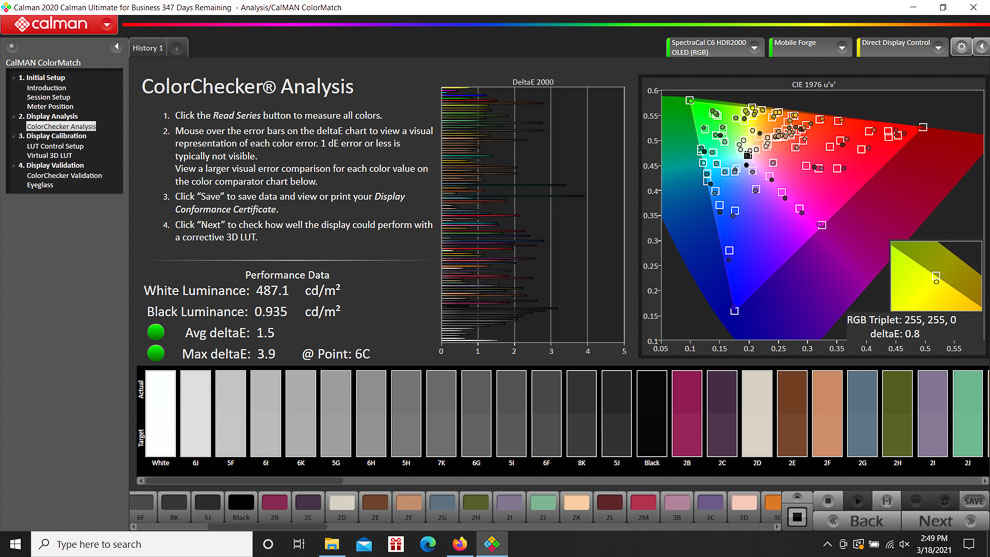

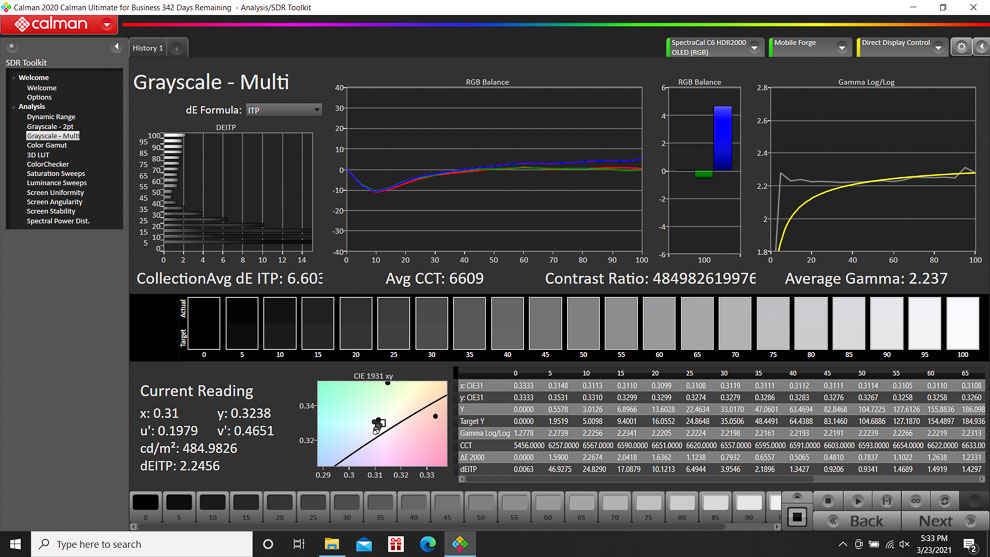
AMOLED Wide Gamut Profile
The AMOLED Wide Gamut profile is a weird one, which expands the colour gamut coverage even further, but at the cost of accuracy. In this profile, the DCI-P3 gamut coverage is expanded to 129 percent, but the colour accuracy and white point take a hit. The average DeltaE error for this colour profile sits at 4.6, with a maximum DeltaE error of 10. The white point jumps up to 7386, with a significant boost in the blue spectrum. While the profile does offer more colours, and hence a more “saturated” feel, we don’t particularly recommend it.
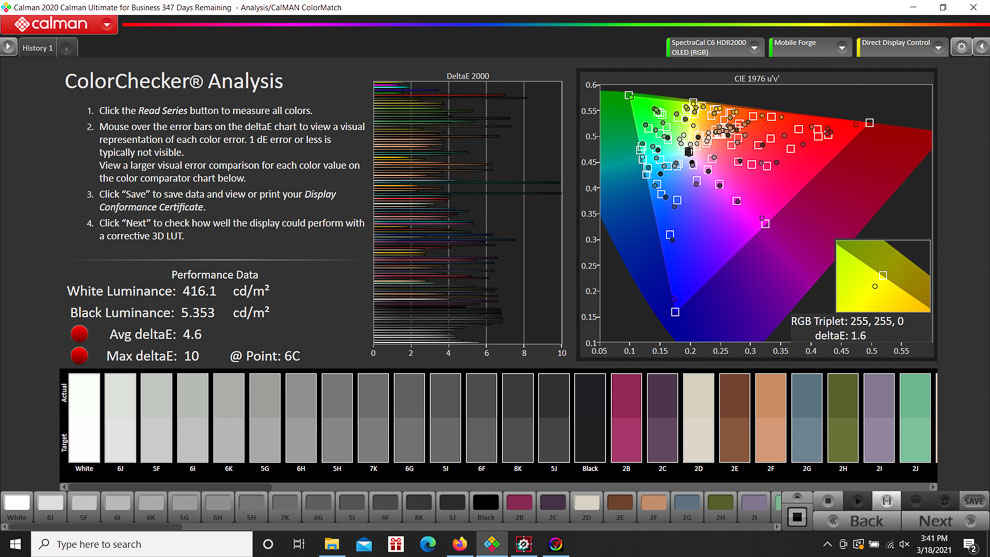
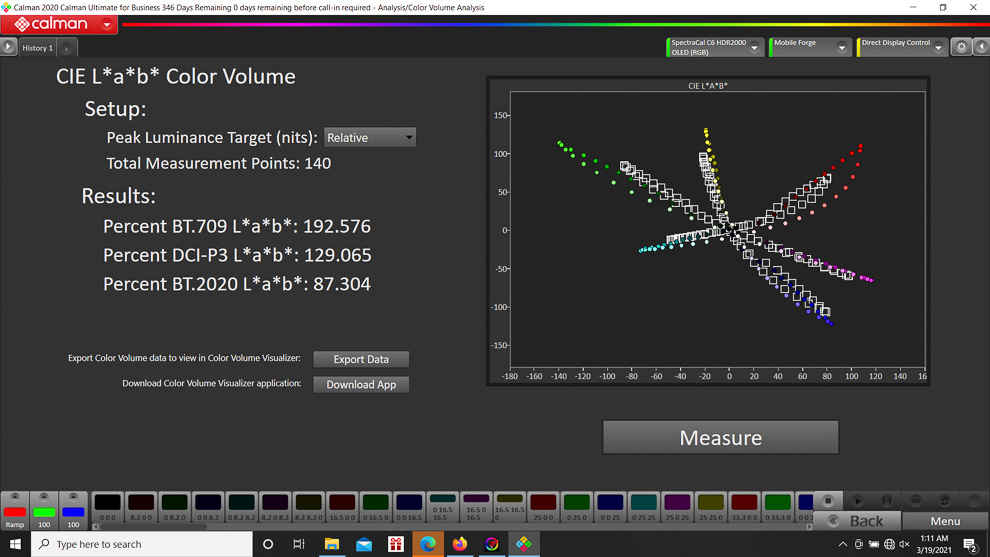
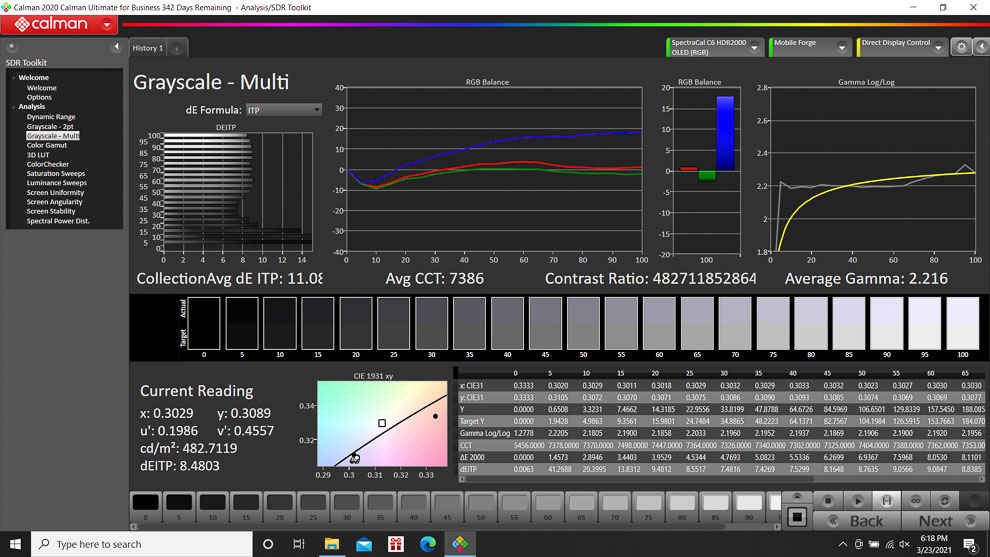
The OnePlus 9 Pro packs a 4500mAh battery, and one common question around the lab has been, “isn’t that too less for a phone with this kind of hardware?” Well, yes and no. If you max out the power hungry features on this phone, that is, you use dual sim, set the display to QHD+ resolution and keep it in the 120Hz mode, then you’re barely going to make it to the end of the day. This is also if you’re streaming more than an hour’s worth of HDR content off of Netflix, or playing over an hour of CoD Mobile (or any other demanding game). Throw in 3-4 hours worth of phone calls and checking of social media for 10 minutes every hour, you’re going to be reaching for the charger sooner than you think. From here on, you can tweak your settings the way you like, such as, lowering the display resolution to FHD+ to get improved nubers, but frankly, all this won’t matter. The OnePlus 9 Pro now supports 65W Dash Charging, meaning that in under 40 minutes, your phone can go from 0 to 100. You can alternatively opt to plonk it on the new OnePlus wireless charger which supports 50W fast charging (also supported by the OnePlus 9 Pro). Don’t have 40 minutes to spare? Then just go take a 10 minute walk to burn off all that junk food you’ve been eating, and come back to a OnePlus 9 charged adequately to get you through your journey. Frankly, given how fast this phone charges back up, you shouldn’t really have to worry about the battery life. And let’s say that you find yourself in the awkward position of not having access to power, then just reduce the refresh rate to 60fps, set your resolution to FHD+ and switch over to dark mode for optimum battery use. This will easily get you well into the next day, provided you are not using the OnePlus 9 Pro as a portable gaming console or entertainment device.
OnePlus 9 Pro Build and DesignSaving the simplest for the last, and if you’ve made it this far into this review, I’d say stop reacding and go buy th phone, because you’re clearly into it. When it comes to the design, there’s nothing very special going on here. Our Morning Mist variant has a glossy finish, with a dual-tone treatment on the back which goes from silver to black. It also holds onto fingerprints with rapid ferver and I for the life of me can’t figure out why OnePlus didn’t send out the matte black version or the pine green colour of the OnePlus 9 Pro, which are said to be more resilient in this area.
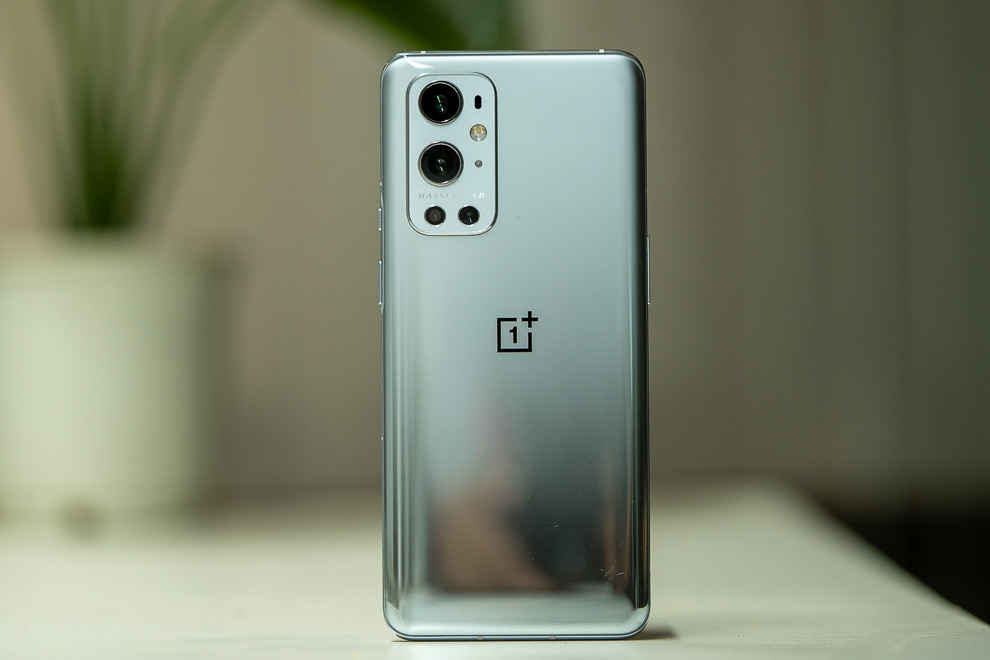
In terms of ergonomics, the phone does feel nice to hold, and grips rather easily. In my usage, I didn’t have issues with the phone slipping out of my hands, although I did put the phone in its supplied case for the majority of the duration of my testing. You get the power button and sound profile switch on the right side of the frame while the volume rocker is placed within comfortable reach on the left. The dual SIM tray can be located at the bottom, to the left of the USB-C port. The phone continues to sport an IP68 rating which should please those with an adventurous streak.
VerdictThe OnePlus 9 Pro continues to build upon a certain image that the brand has set; that it will always rock the most power-packed spec sheet. With the combination of the Qualcomm Snapdragon 888, 12GB LPDDR5 memory and UFS3.1 storage, you do get just that. The Hasselblad collaboration doesn’t seem to really do much for the OnePlus 9 Pro’s cameras, which in our testing still require some tweaking in terms of how the RAW image is processed into the final JPG. The camera app itself could also use some work, as ours was notably laggy. Where the phone outstrips the competition is the display, which is legit one of the very best in the business at the moment. The battery life will vary depending on your usage and settings, but the 65W super-fast charging has you covered. The OnePlus 9 Pro is definitely a solid option to buy, given that it goes toe-to-toe with the likes of the iPhone 12 Pro Max and even the Samsung Galaxy S21 Ultra, two phones that cost way more.
from Latest Technology News https://ift.tt/2PpjRw8
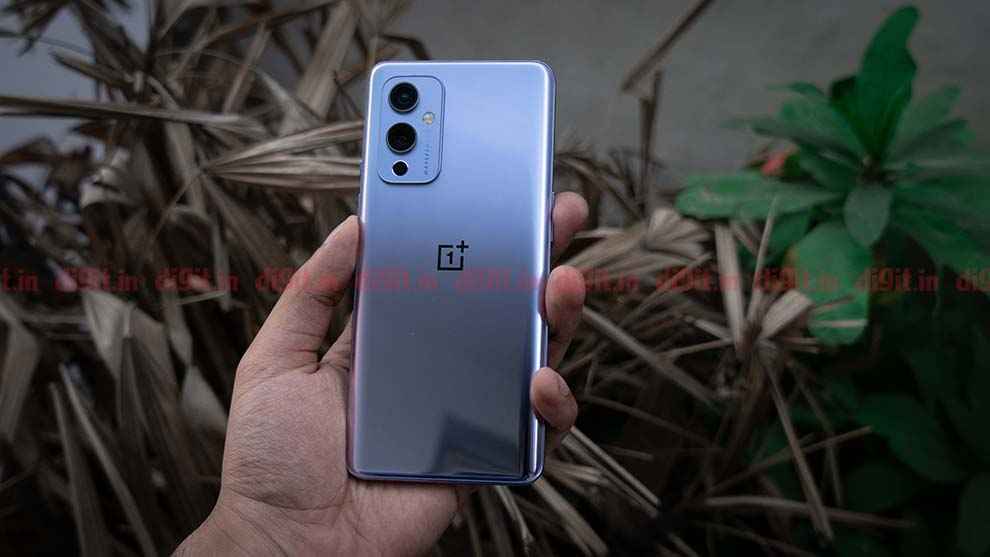 (Photo credit: Prateek Khatri/Digit)
(Photo credit: Prateek Khatri/Digit)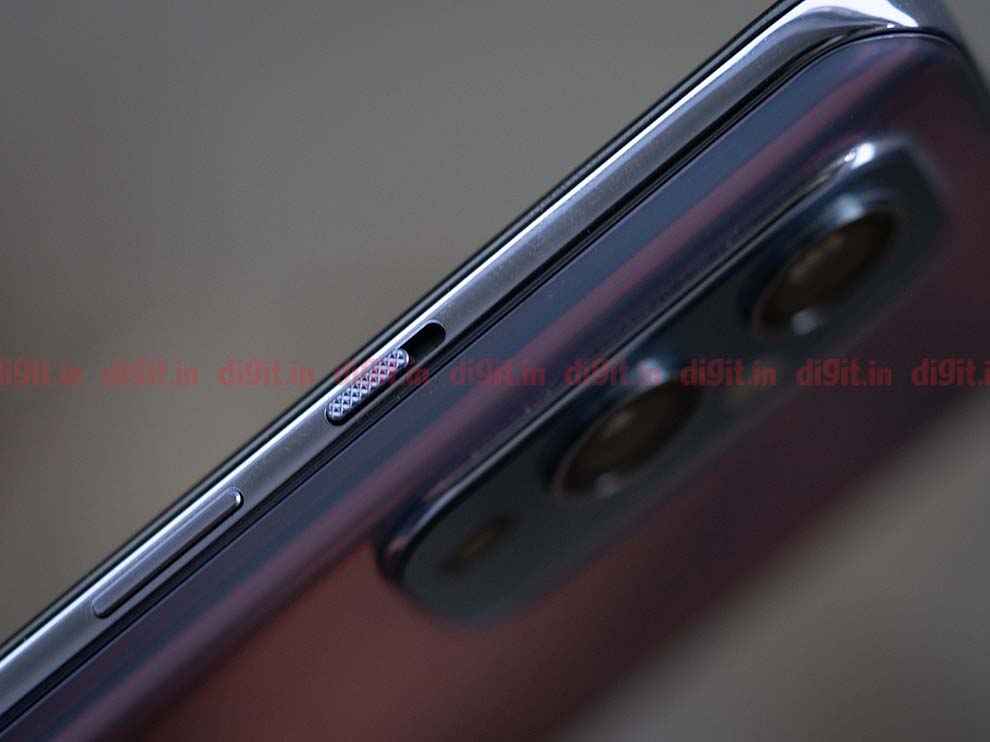 (Photo credit: Prateek Khatri/Digit)
(Photo credit: Prateek Khatri/Digit)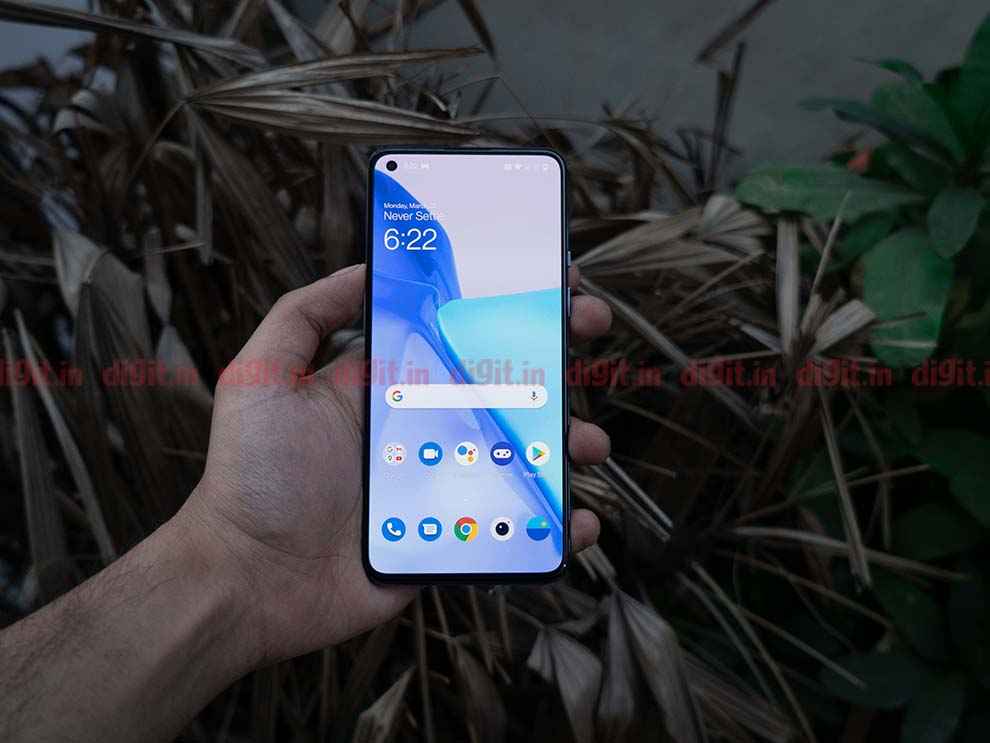 (Photo credit: Prateek Khatri/Digit)
(Photo credit: Prateek Khatri/Digit)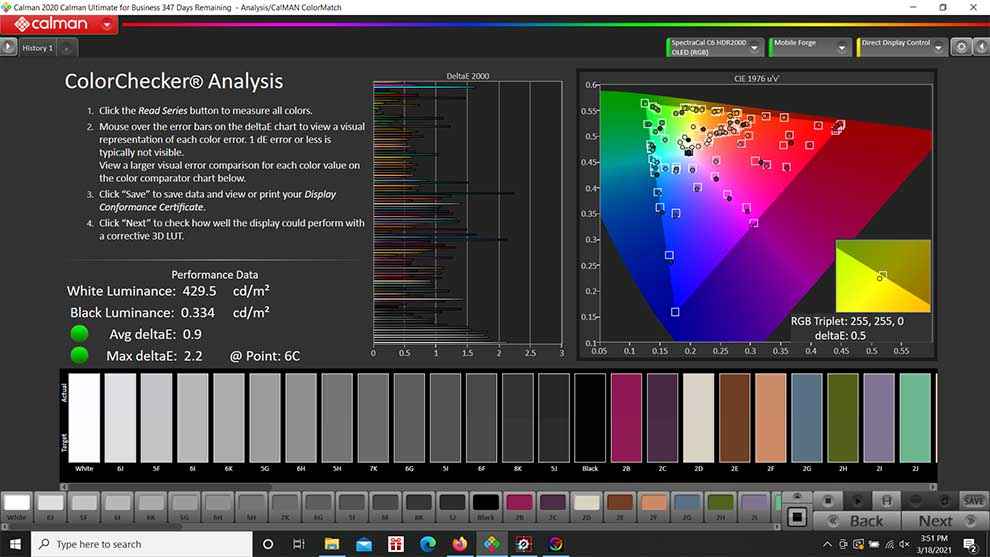 Calman ColorChecker Analysis (sRGB)
Calman ColorChecker Analysis (sRGB)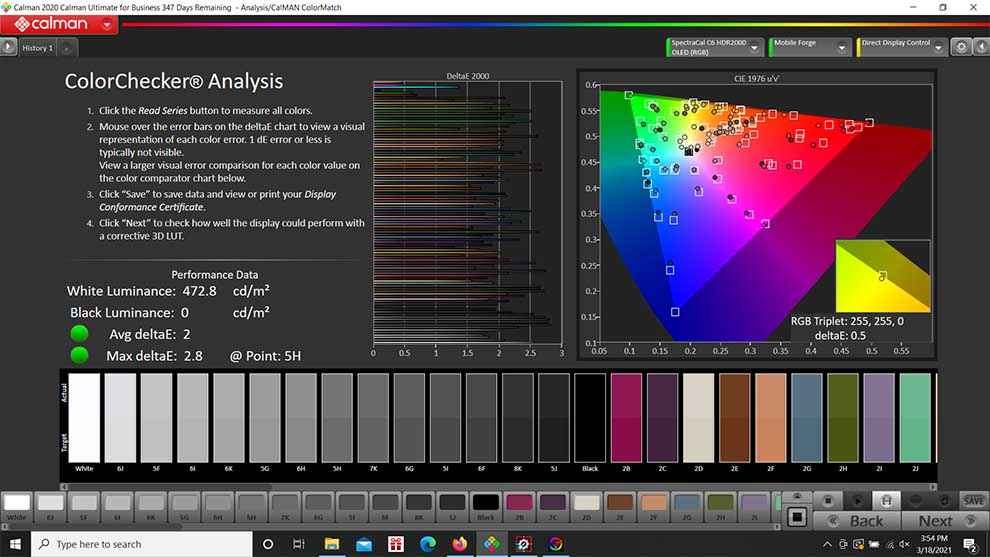 Calman ColorChecker Analysis (HDR)
Calman ColorChecker Analysis (HDR)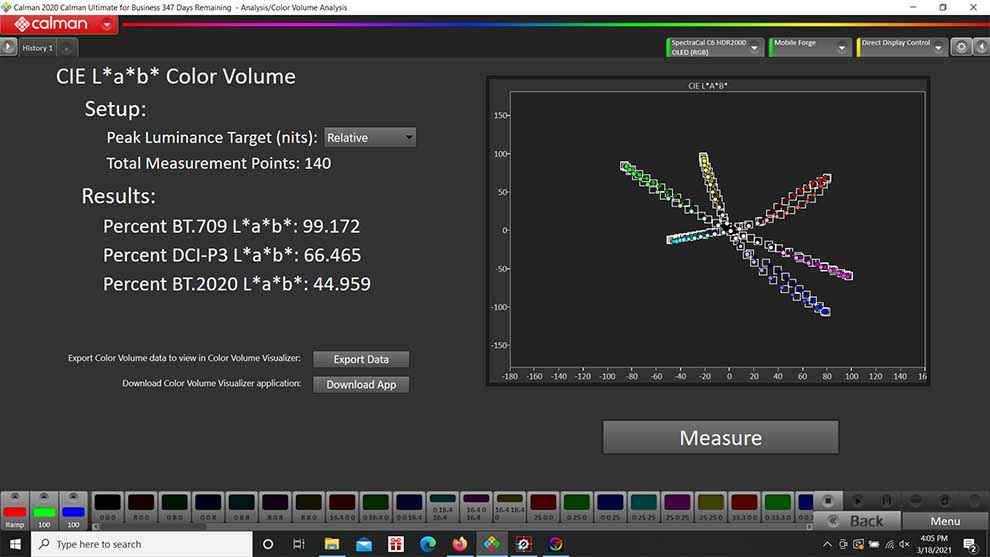 Calman Colour Volume test (sRGB)
Calman Colour Volume test (sRGB)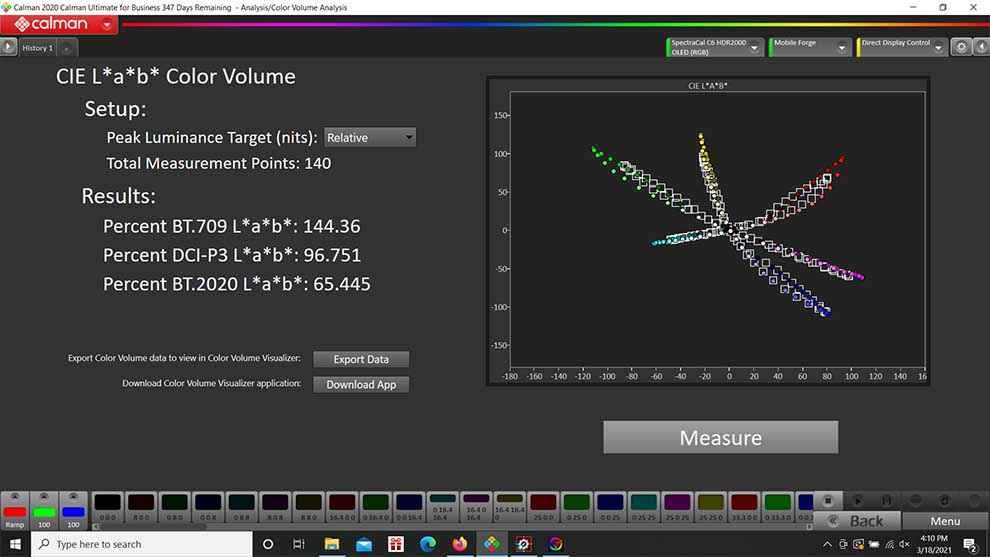 Calman Colour Volume (HDR)
Calman Colour Volume (HDR)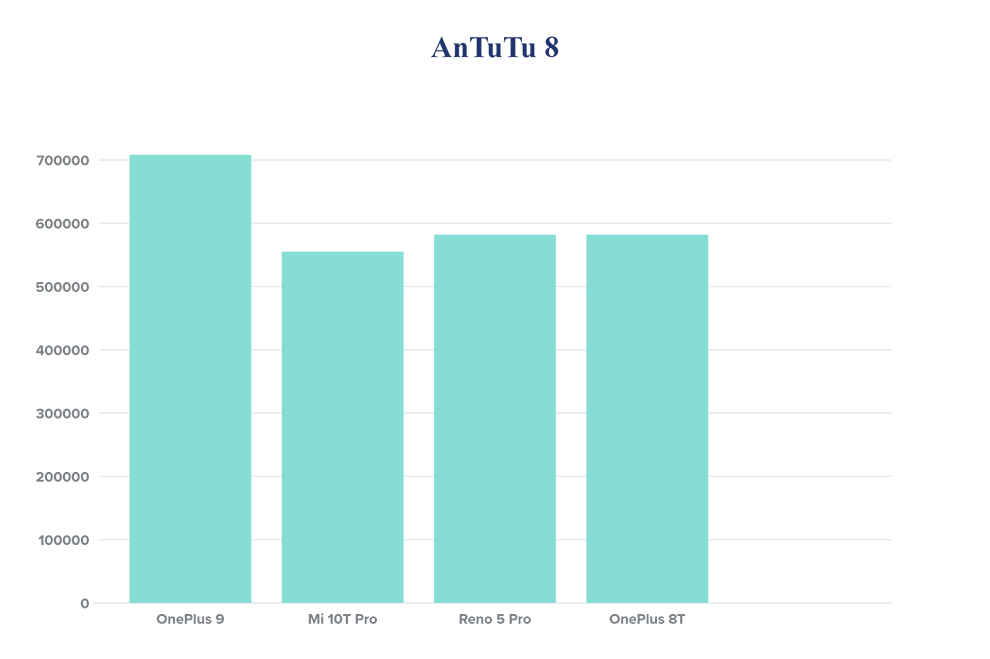
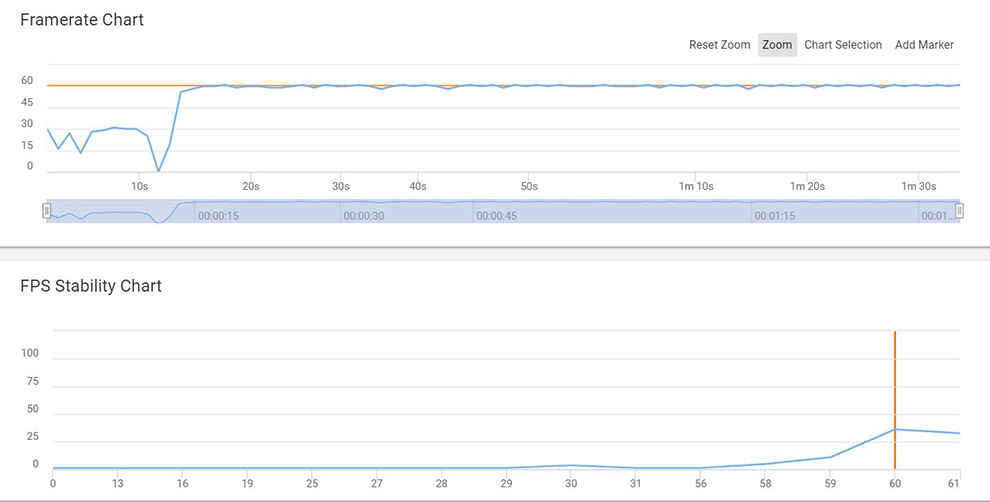 Call of Duty Mobile: Median FPS and stability
Call of Duty Mobile: Median FPS and stability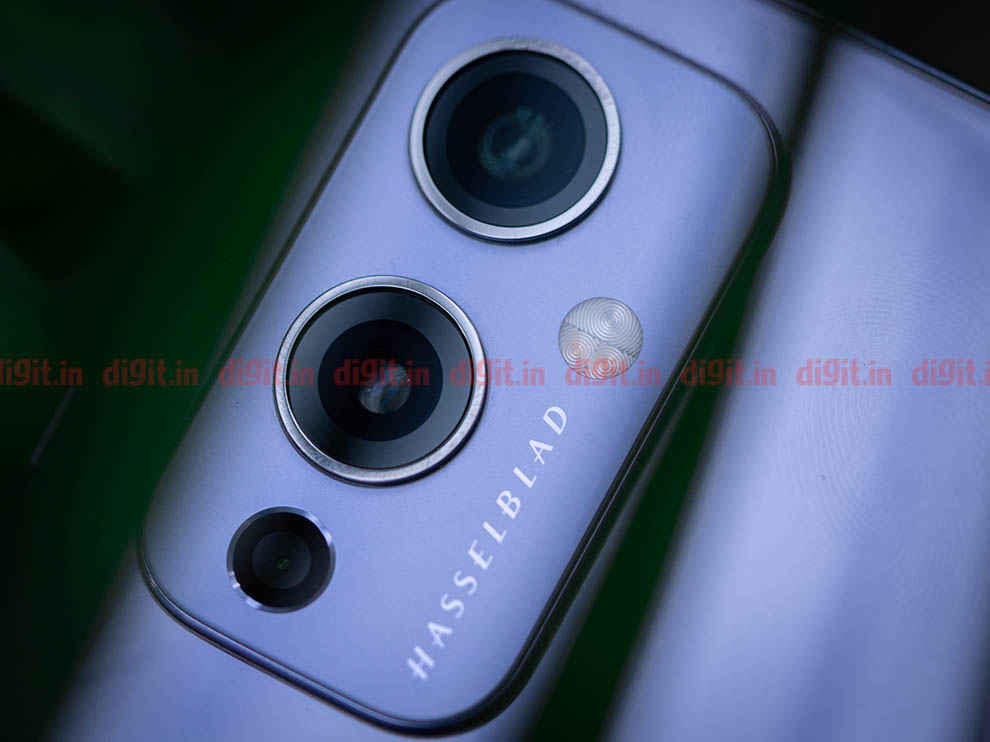 (Photo credit: Prateek Khatri/Digit)
(Photo credit: Prateek Khatri/Digit)




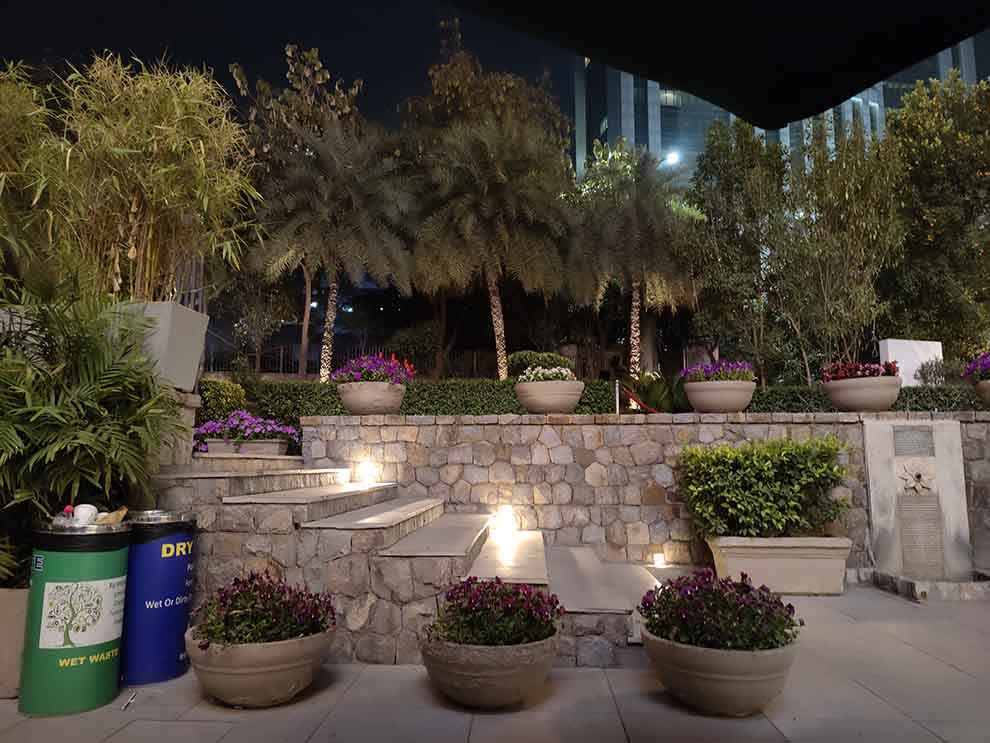

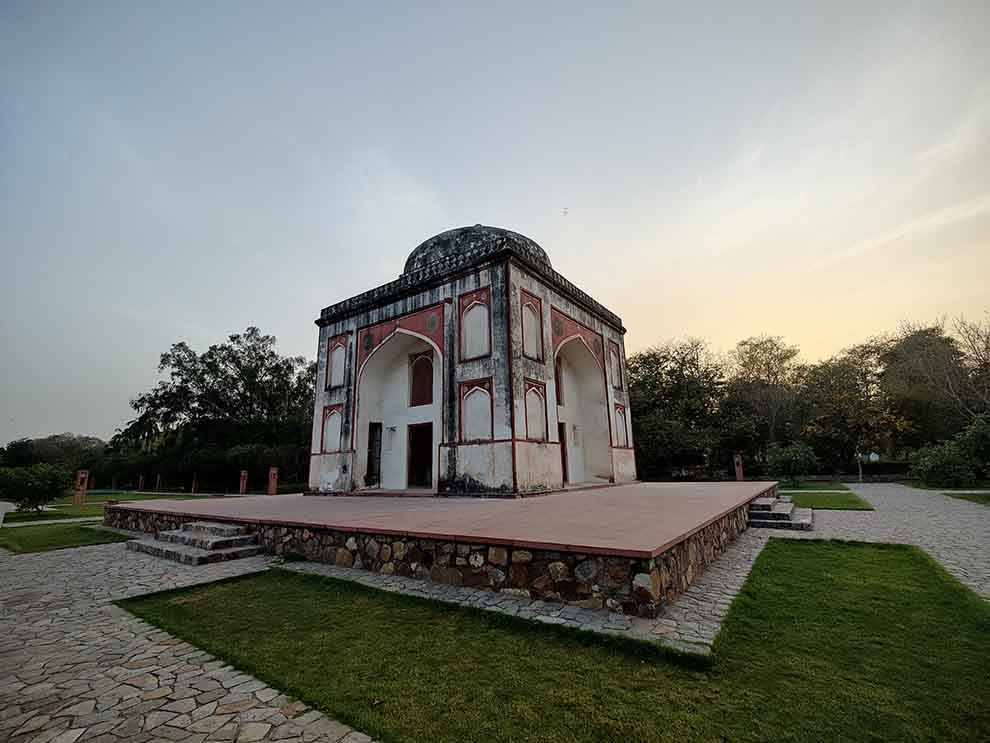
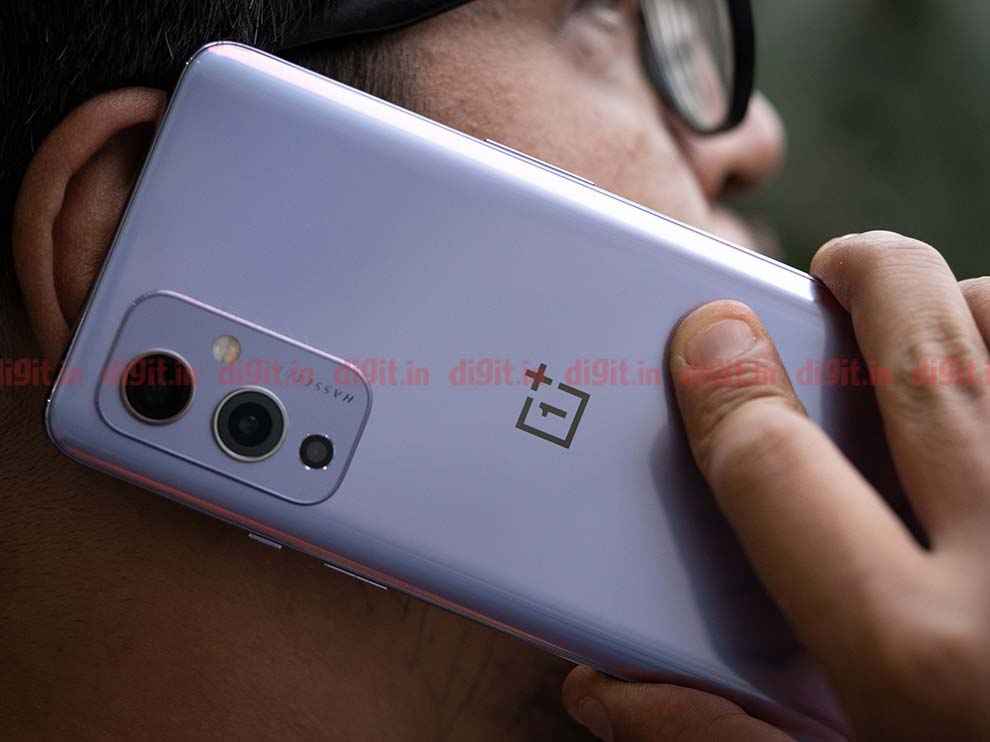 (Photo credit: Prateek Khatri/Digit)
(Photo credit: Prateek Khatri/Digit)